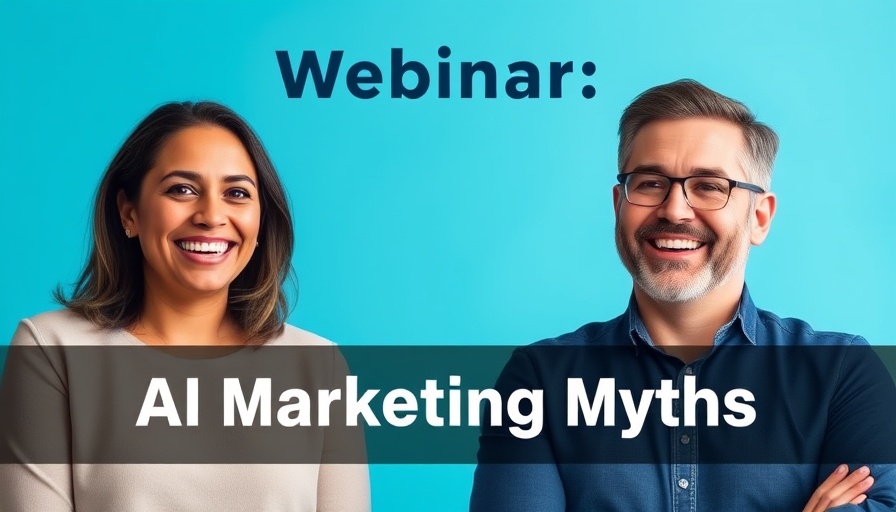
The Importance of Your WordPress Tech Stack
In today's digital landscape, WordPress reigns supreme as the most popular content management system, powering an impressive 43.5% of all websites. However, for Chief Marketing Officers (CMOs), the challenge lies not in simply using WordPress, but in optimizing the underlying tech stack that supports it. This stack is not just a technical consideration; it directly affects the effectiveness of marketing strategies and overall business goals.
The Cost of Cheap Hosting
Many organizations opt for shared hosting as a cost-cutting measure, believing it's a practical solution. Yet, as data suggests, this choice can be misleading. The performance of shared hosting is often inconsistent, leading to detrimental effects on site speed, SEO performance, and user experience.
CMOs should question their hosting decisions critically: are we on shared hosting, or do we have dedicated resources? Dedicated servers or managed WordPress hosting may present a higher upfront cost, but they also provide the scalability and reliability essential for successful digital marketing initiatives. For businesses anticipating growth, transitioning to cloud hosting could be invaluable, albeit requiring a deeper technical understanding.
Critical Questions for Performance Metrics
When discussing performance, CMOs must understand that it goes beyond technical digits and insights. Core Web Vitals serve as crucial metrics, impacting conversion rates and user retention. For instance, did you know that a mere one-second delay in mobile load times can reduce conversions by up to 20%? It's vital for CMOs to engage with their development teams about performance metrics.
Key performance-related questions to consider include:
- Are our security measures up to current standards?
- What happens during traffic spikes? Are load balancers in place?
- How frequently are server resources updated?
- Are there definite plans for future scalability?
The Role of Monitoring and Analytics
Effective monitoring and analytics form the backbone of an informed marketing strategy. Tools that provide real-time data on site performance can highlight opportunities for optimization and areas for improvement. With regular audits of the tech stack, CMOs can ensure that their WordPress setup continues to meet both the current and future needs of the business.
Moreover, ensuring there's a strong foundation of data analytics equips the team to navigate the competitive landscape, adjusting tactics based on actual performance trends rather than assumptions. This can lead not only to improved SEO rankings but also to enhanced user engagement.
Your Path Forward as a CMO
The tech stack behind a WordPress site is paramount to the success of a marketing department. By asking the right questions and evaluating the current setup critically, CMOs can identify issues before they escalate and adjust strategies accordingly. This proactive approach is essential not only in optimizing digital presence but also in leveraging emerging technologies to stay ahead in a competitive market.
In the fast-evolving tech industry, staying informed on the latest trends, such as advancements in SEO strategies and the impact of Google algorithm updates, becomes key. By integrating these insights, businesses can position themselves effectively within their respective markets, ultimately achieving greater growth and visibility.
 Add Row
Add Row  Add
Add 




Write A Comment